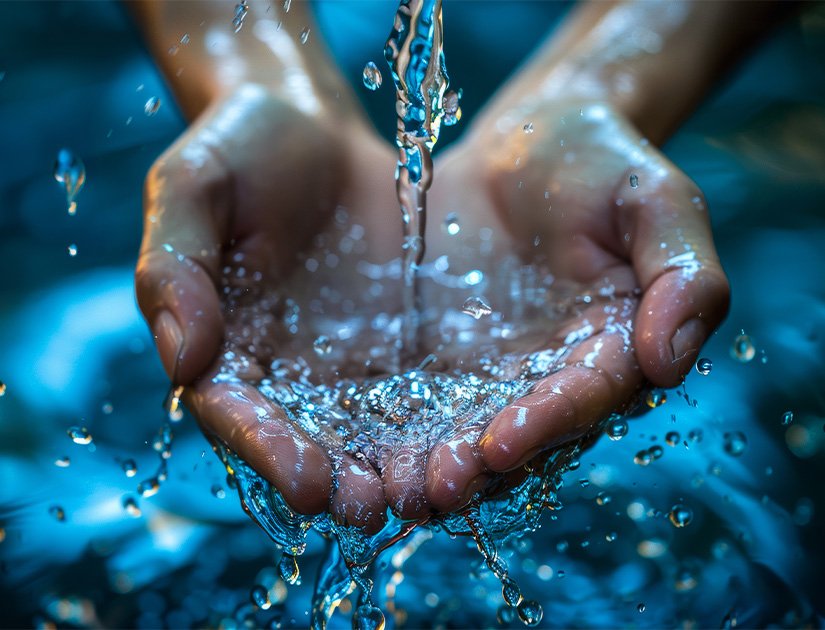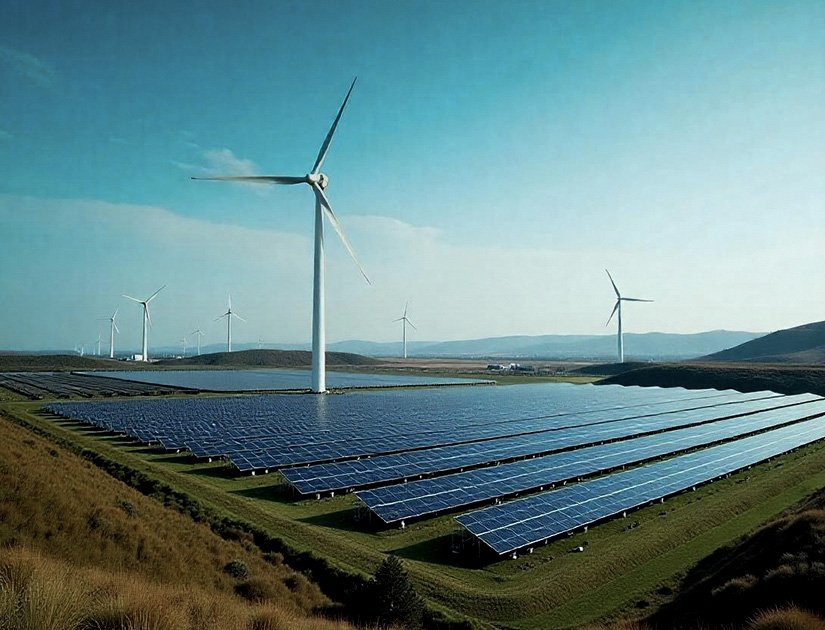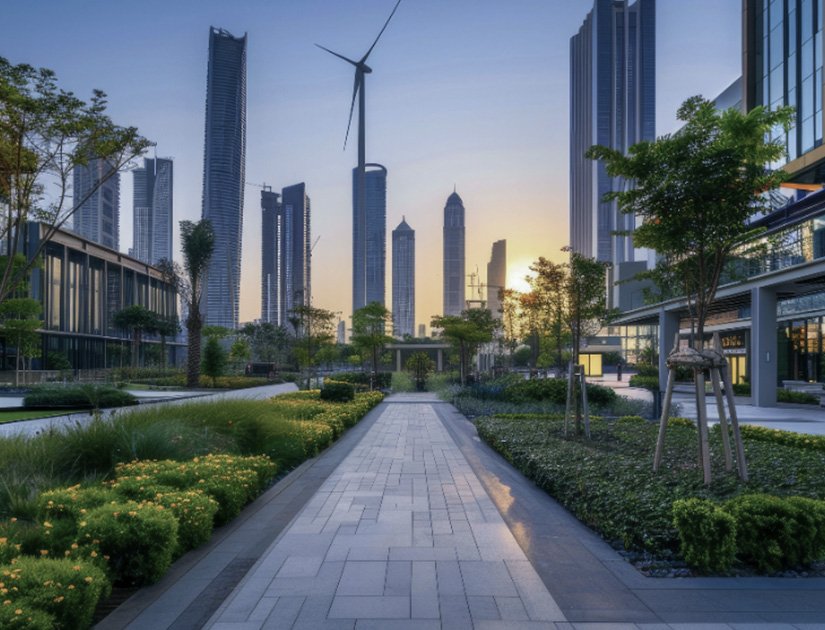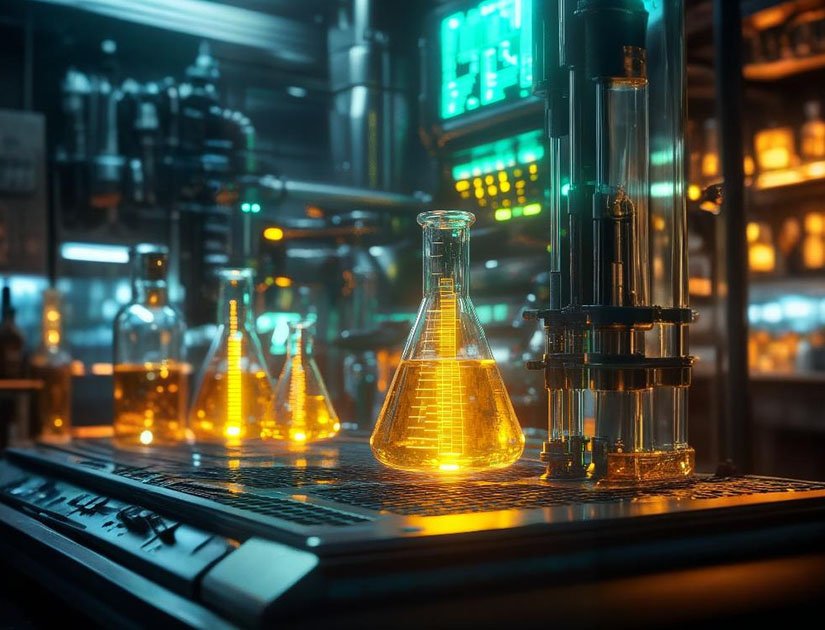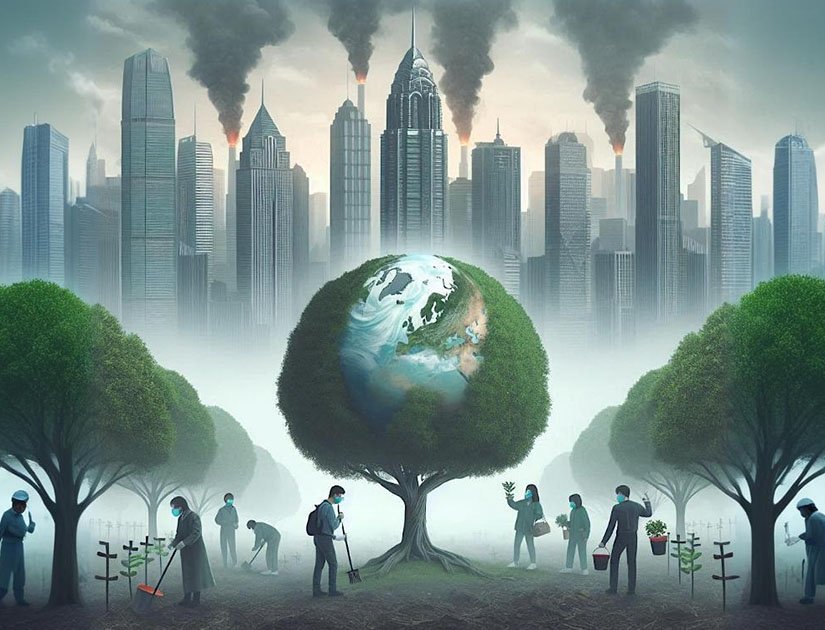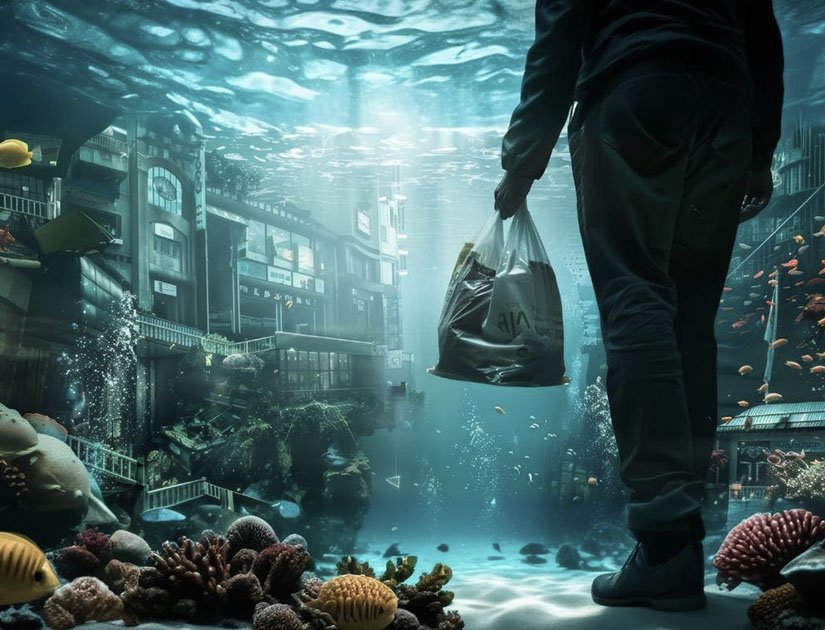


Research and practices designed to meet global challenges while ensuring environmental sustainability
Sustainable Development Goals and Gas Hydrates
Gas hydrates represent a unique energy resource with potential implications for Sustainable Development Goals (SDGs) 7 (Affordable and Clean Energy), 9 (Industry, Innovation, and Infrastructure), and 13 (Climate Action).
Gas hydrates are predominantly located in remote and challenging environments, such as beneath the ocean floor, making them difficult to locate and study. Their physical resemblance to ordinary sediment complicates the identification process, necessitating advanced exploration technologies to accurately pinpoint and evaluate these deposits.
Extracting gas from hydrate deposits is technically complex, requiring specialized drilling and production techniques. The inherent challenges, both technical and logistical, demand robust safety measures to ensure efficient and responsible production. .
Given their highly compressed nature, gas hydrates necessitate stringent storage and transportation conditions, which can be both challenging and costly.
As an unconventional energy source, gas hydrates face high production costs, warranting research focused on cost reduction and enhanced economic viability for commercial applications.
The extraction process raises significant environmental issues, particularly the potential release of methane—a potent greenhouse gas—and its impact on marine ecosystems. Responsible management practices are crucial to mitigate these risks.
Gas Hydrates and Clean Water
Aligning with SDGs 6 (Clean Water and Sanitation) and 14 (Life Below Water), the challenges associated with gas hydrates extend into water contamination and treatment processes.
Water sources are increasingly compromised by pollutants from industrial activities, agriculture, and human waste. Addressing these contaminants is vital for ensuring the safety of water supplies.
Effective water treatment can be prohibitively expensive, particularly for smaller communities and rural areas. Developing cost-effective treatment technologies is essential for broader access to clean water.
Water treatment generates significant waste, including sludge and chemical by-products. Safe disposal of these materials is critical to protect the environment and public health.
Altered precipitation patterns due to climate change pose further challenges, affecting both water quality and availability. Ensuring a reliable supply of safe drinking water is increasingly complex under these conditions.
The growing presence of microplastics in water sources presents a major challenge for treatment processes. Innovative solutions are needed to effectively remove these contaminants and prevent their entry into water systems.
Our Commitment to Sustainable Development
Fostering sustainable growth through innovative solutions that promote environmental stewardship,
inclusivity and long-term prosperity for future generations.
